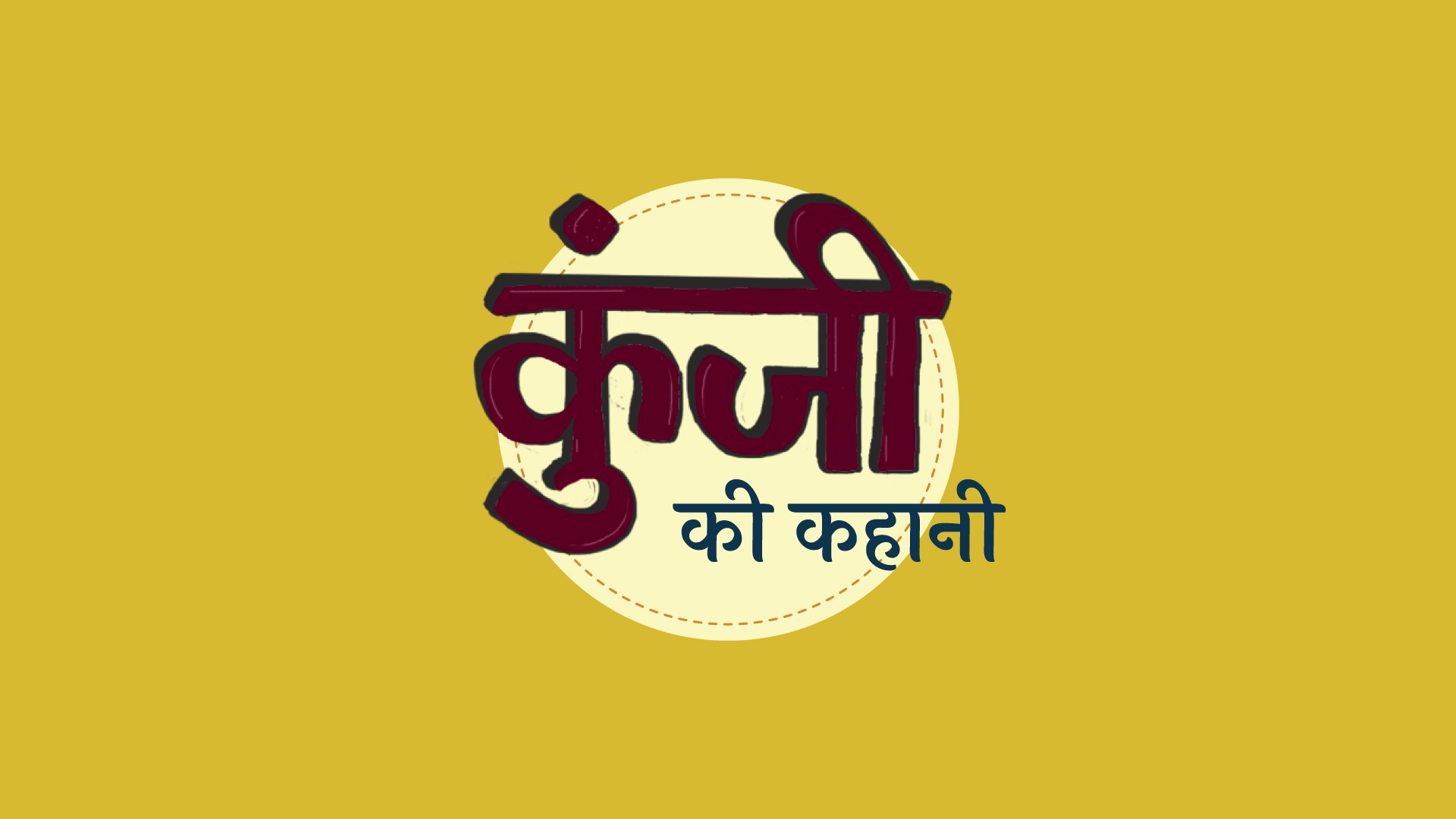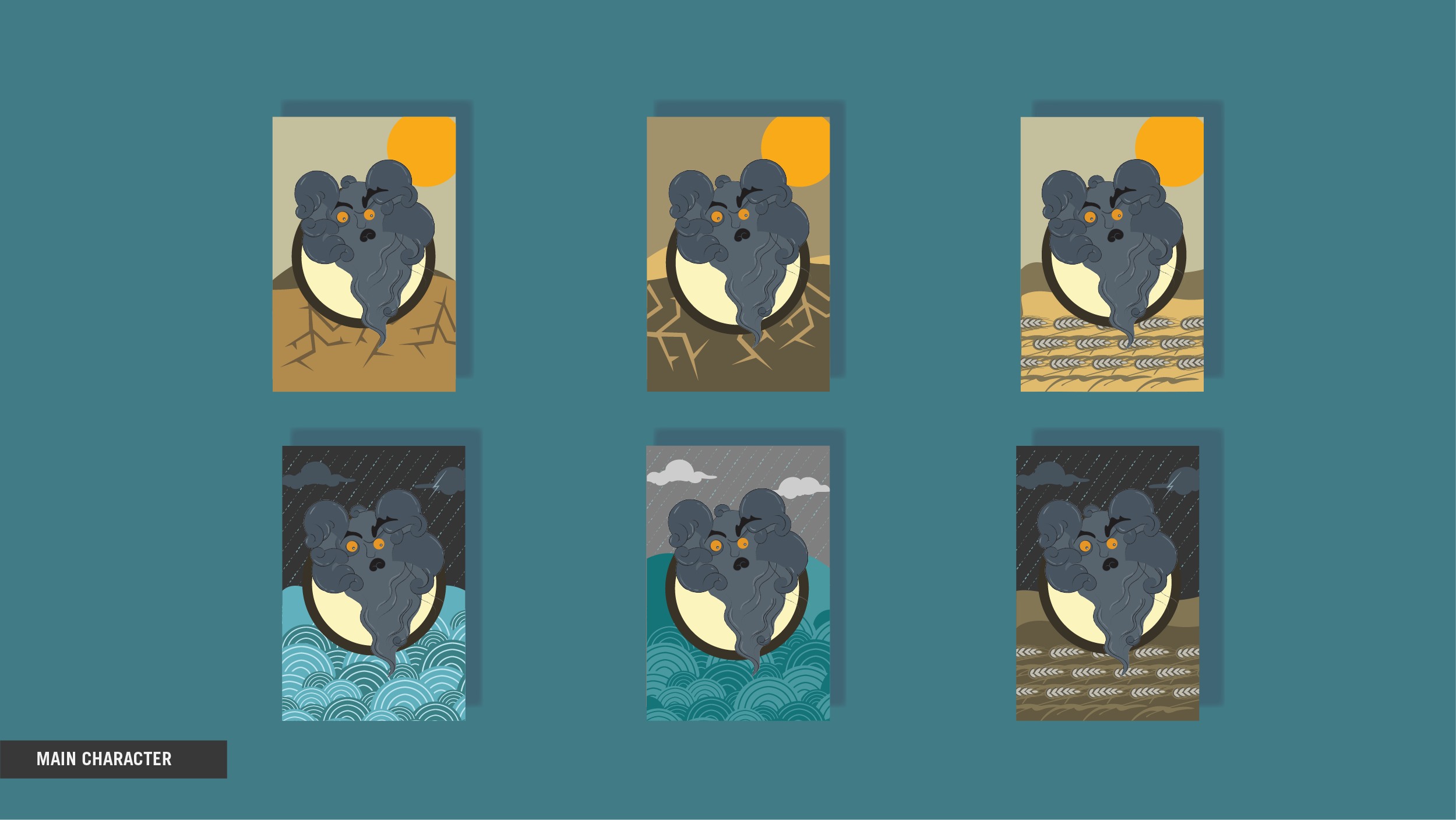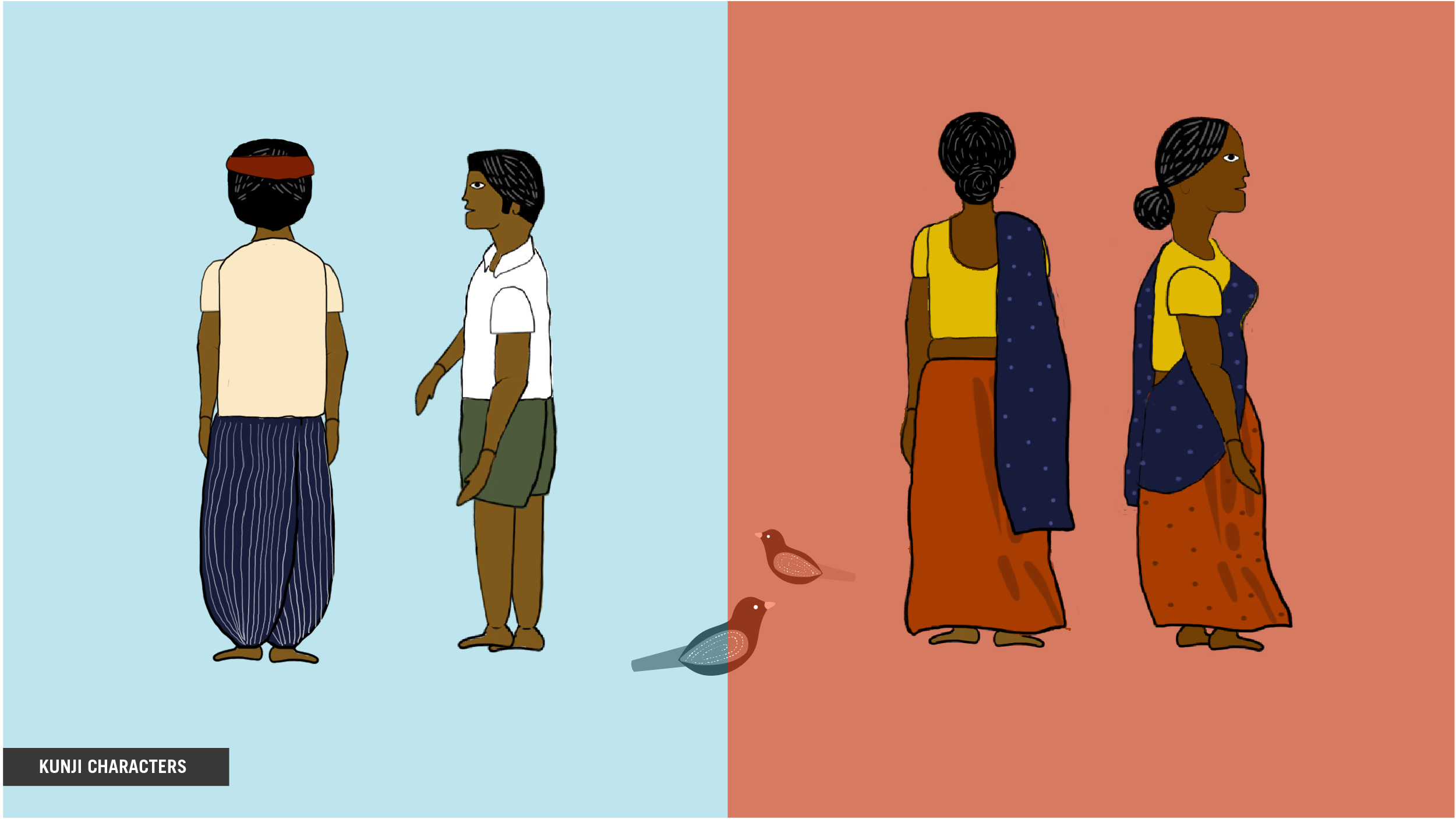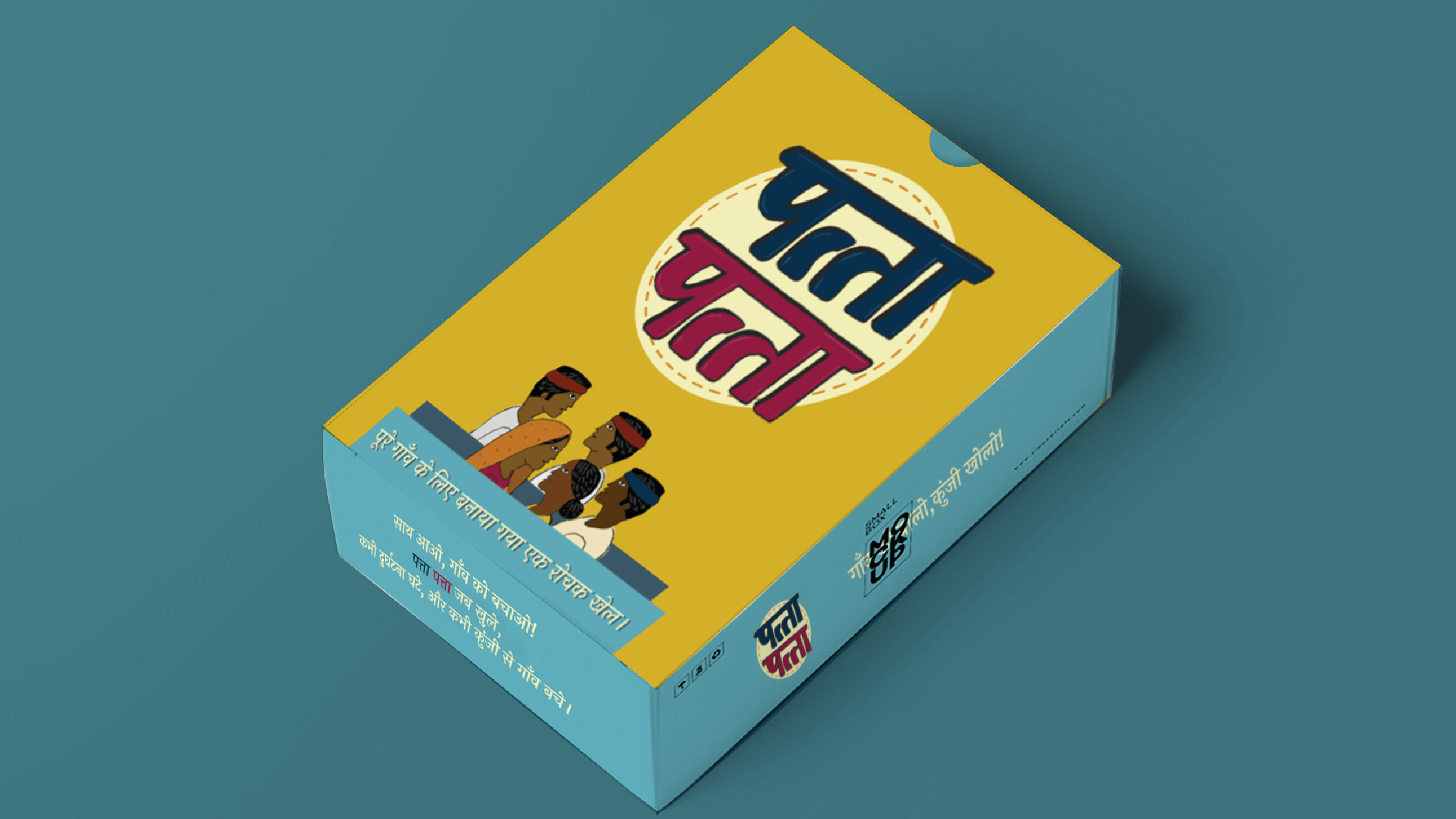The objective:
Our client, IPE Global was working for the Ministry of Rural Development (MoRD, India) and Department for International Development (DfID, UK) to create and implement a program that helped village residents combat the effects of climate change with the help of the nationwide MGNREGA scheme.
Our task was to communicate this program to the end-beneficiaries and enable them to take action by understanding its benefits and importance.
Since the program was to be implemented in Chhattisgarh, Bihar and Orissa, the final output was required in Hindi and Oriya.
Project Year
2018
Client
IPE Global
Project Type
Social Work Related
Location
Mumbai

What is Climate Kunji?
The word Kunji in Hindi means a key. In our context, it was meant to represent the literal key to understanding how the climate is likely to change in the coming years and how it will affect different at-risk areas. The book held details of the likely impact of Climate Change in the locality (over 30 years) and the optimum MGNREGA projects to tackle its effects.
The Problem:
On analysing typical communication targeted at this consumer, we realised that most messaging took a very prescriptive approach. Keeping this in mind, we needed to ensure we didn’t put out a preachy message, but effectively communicated that village residents now had the ability to cope with the ill-effects of climate change.

The ideal case for the Climate Kunji book was to be used during Panchayat meetings to help decide the nature of projects undertaken as part of the MNREGA scheme.
We identified our goal as wanting to get village residents to ask for the tool to be used. Hence the line – Gaon ko bolo, Kunji kholo!
Character Development:
Climate change was personified as an unwelcome guest who had come to the village in the form of “Bhayanak Babu”. This was relatable and helped us effectively highlight the problem. We also gave the character multiple forms to indicate varying levels of intensity.

MGNREGA:
The characters created to combat climate change – needed to be reliable and confident figures that everyone could look up to. They were knowledgeable, and problem-solvers. We gave them crisp clothes and a neat appearance to signify their authoritative demeanor.

Building the Narrative:
To make the message more relevant to our audience, we used the elements of theatrical ‘Naatak’ in our narrative structure, language and sound. This meant using simple literary devices like repetition, rhyming and metaphors. The overall story was created with an overarching narrator telling a story in the form of a song to ensure higher recall.
Creating the Game:
When it came to the game, we needed to ensure it is easy to play, portable and could be enjoyed by women, children and men, alike.

We therefore selected a card game for its simplicity and relatability. Capitalising on the audience’s familiarity with card games, we chose to name it ‘Patta Patta’.

Taking it to Print:
We needed to create a simple flyer that was economical to print, and clearly communicated our message. We chose to keep the messaging similar to our video and game by focusing on the idea of “Gaon ko bolo, Kunji kholo!”.




